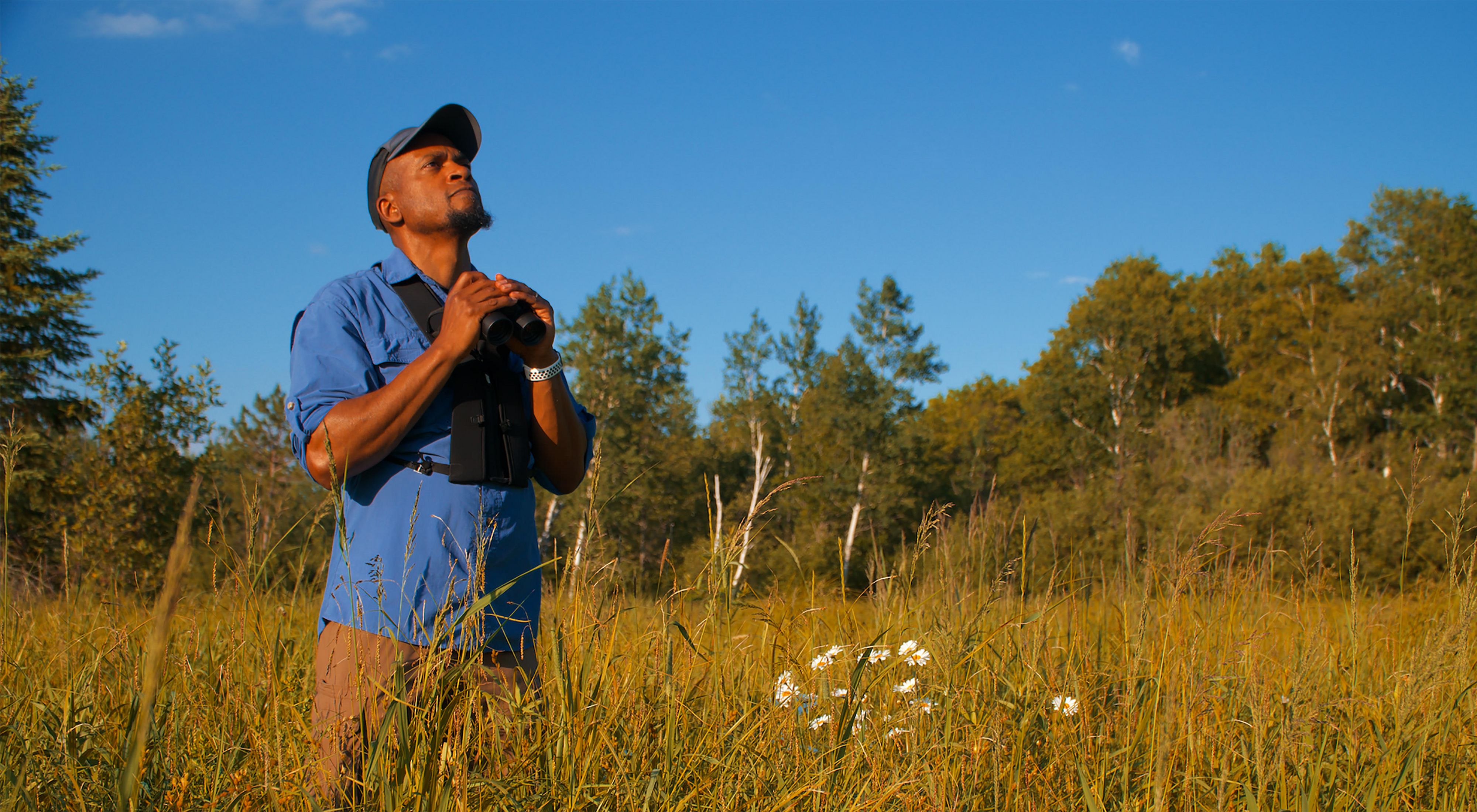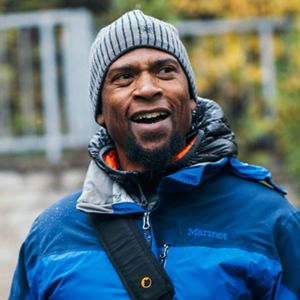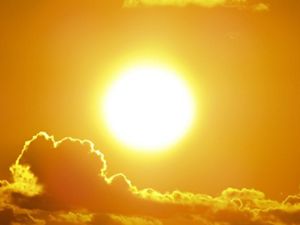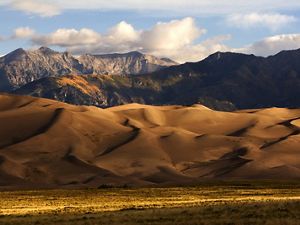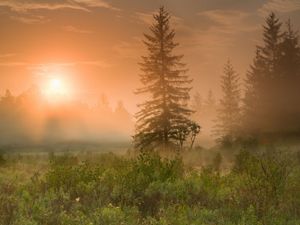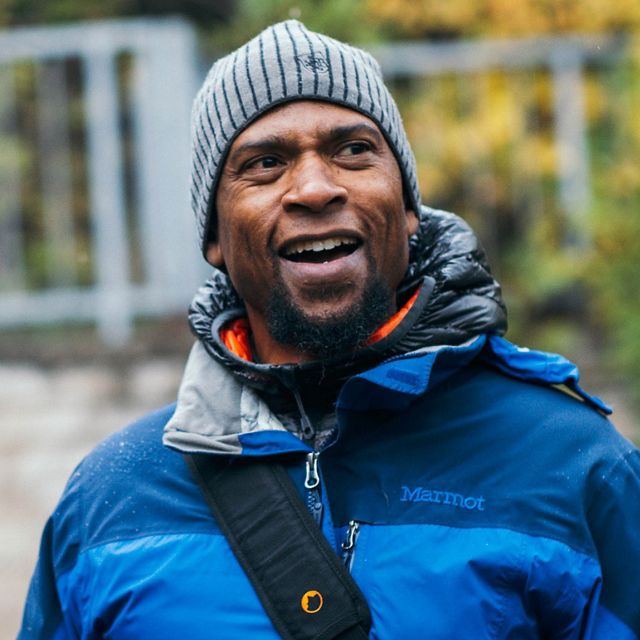The Nature Conservancy supports a large community of environmentalists who aim to protect nature for everyone, but we recognize that our organization has a role to play in creating a more inclusive outdoor culture. One step towards lasting change is a commitment to learning more and amplifying Black voices in the conservation space. We’d like to thank Dudley Edmondson for sharing his story with us.
Nature and I have been constant companions throughout my life.
The year I was born, 1962, America was undergoing great social change. Rachel Carson’s Silent Spring was published, and it became a catalyst for the environmental movement. At the same time, the Civil Rights Movement was making great strides. James Meredith became the first African American student admitted to the then-segregated University of Mississippi.
In many ways, these separate events made it possible for me to become the conservationist I am today and to understand the mental and physical benefits of having a relationship with the natural world.
I grew up in Columbus, Ohio. My parents raised my brother, sister and I well, but had problems with alcohol. It wasn’t until I was an adult that I understood why. There were a number of issues that affected them including systemic racism in America. It made their lives extremely difficult, and alcohol became a coping mechanism. In the end, they did the best they could. When their yelling got loud, nature became a portal out of the chaos of our home. I explored the natural world for hours on end and collected fish and insects.
When I couldn’t escape the house, I’d close my bedroom door, check on my private zoo and play my favorite records—Earth, Wind and Fire, Stevie Wonder, Jean-Luc Ponty, Chick Corea and Weather Report. Nature and music helped me deal with the trauma and anger I was experiencing at the time. Those troubled times shaped me into the person I am today, and I can’t imagine who I’d be without them.
Quote

Nature and music helped me deal with the trauma and anger I was experiencing...
Now I live in Duluth, Minnesota, full of wild spaces where nature and I are still very close. A few years ago, my brother called and told me, “We lost dad today, I’m so sorry.” Within 30 minutes, I was on a ridge top overlooking my neighborhood. It was a cold January afternoon, and the sun laid the long shadows of trees out before me as I walked through the snow-covered forest. With camera in hand, I photographed the landscape, escaping through nature’s portal once again.

Quote
How can our cities be so diverse, but in the outdoors it's almost exclusively White?
Four years ago, I had a kidney transplant. As I recovered, and with my doctor’s approval, I went on short hikes in the woods, bathing my brain in the restorative sights and sounds of northern Minnesota. I knew nature was the therapy I needed to rebuild both my mental and physical strength and health.
It was nature that brought me to Minnesota. I moved here to establish myself as a wildlife photographer. It took a few years, but then there I was traveling around the country, working on state-specific nature field guides with author Stan Tekiela. During those adventures, I noticed the lack of ethnic diversity in the outdoors and I thought, “How can our cities be so diverse, people of all colors everywhere, but in the outdoors it’s almost exclusively White?”

These observations inspired my 2006 book, Black and Brown Faces in America’s Wild Places. I wanted to provide a set of outdoor role models for the nation’s African American community. Four years later, it landed me a ticket to history. I was invited to the White House to witness President Obama establish America’s Great Outdoors Initiative, which promotes and supports community efforts to conserve natural areas and reconnect people to the outdoors. More recently, I’ve been encouraged by the bipartisan effort to pass the Great American Outdoors Act, which will increase recreation opportunities and expand public access for the outdoors.
As a Black man in America, I know that lack of personal safety is a big factor in the absence of African Americans in the outdoors. Just last year I was working on a video project in rural Minnesota for The Nature Conservancy and I asked for a TNC hat and shirt that I could wear in case someone questioned why I was there. One of the locals I was set up with confirmed that I was right to be worried: “There are some folks that would not want to see you here,” I was told.
If you’ve been keeping up with the news you know these kinds of things go on around the country all the time. A Black birder in Central Park had the police called on him. A Black couple trying to have a picnic had a gun pulled on them in Mississippi. A multiracial family was terrorized while camping in Washington.
Quote
African Americans really aren’t safe anywhere in America. That must change.
The recent senseless killings of Ahmaud Arbery, Breonna Taylor and George Floyd have created unrest around the globe. America still has a long way to go, and the conservation community needs to evolve along with it.
Organizations that work on conservation and the environment are too often predominantly White in their leadership, staffing and membership. The Nature Conservancy is no exception. They must realize that African Americans and other People of Color are essential to their present and future success. People of Color will increasingly be the stewards of our lands and waters. They’ll need to have that same sense of ownership of public land that White Americans enjoy today in order to get the job done. The Brookings Institute estimates that by the year 2045 White Americans will comprise less than 50% of the overall population. Even more interesting is the same study suggests Youth of Color will make up the bulk of America’s population growth over the next 42 years. It seems to me there’s an immediate need for a longterm plan to find meaningful ways to engage these fresh minds. It’s got to look like staff hires, policy changes and financial investment in people and programs to bring about this change.
How often do we ask folks of color for help on environmental issues, people who disproportionately face the worst environmental conditions? If you’re not sure what I mean, look no further than places like Flint, Michigan and Cancer Alley. This is true despite the fact that White people are responsible for a disproportionate amount of pollution that occurs globally, as a result of their political and economic power. The cyclical nature of our modern conservation movement needs to change in order for us to achieve a truly sustainable future. And that future must include People of Color.
Our job as conservationists is to make sure we all have the tools, knowledge and power to maintain and grow the conservation work being done today. That will never be attainable if White folks fail to confront and dismantle systemic racism.
I’d encourage you to start your anti-racism journey by reading books by Black conservationists such as my own as well as Carolyn Finney’s Black Faces, White Spaces and Dorcetta Taylor’s Toxic Communities.
I for one am feeling optimistic about the future. We are living in a world that is ripe for change. Racism, policing practices and environmental concerns are suddenly hot topics and people have had enough of the status quo.
As America again undergoes yet another great social change, we should look to this up-and-coming new majority of Youth of Color. They might just be the game-changers we need. As a fellow conservationist, I encourage you to welcome and include them in the movement. It will make for a better world.
